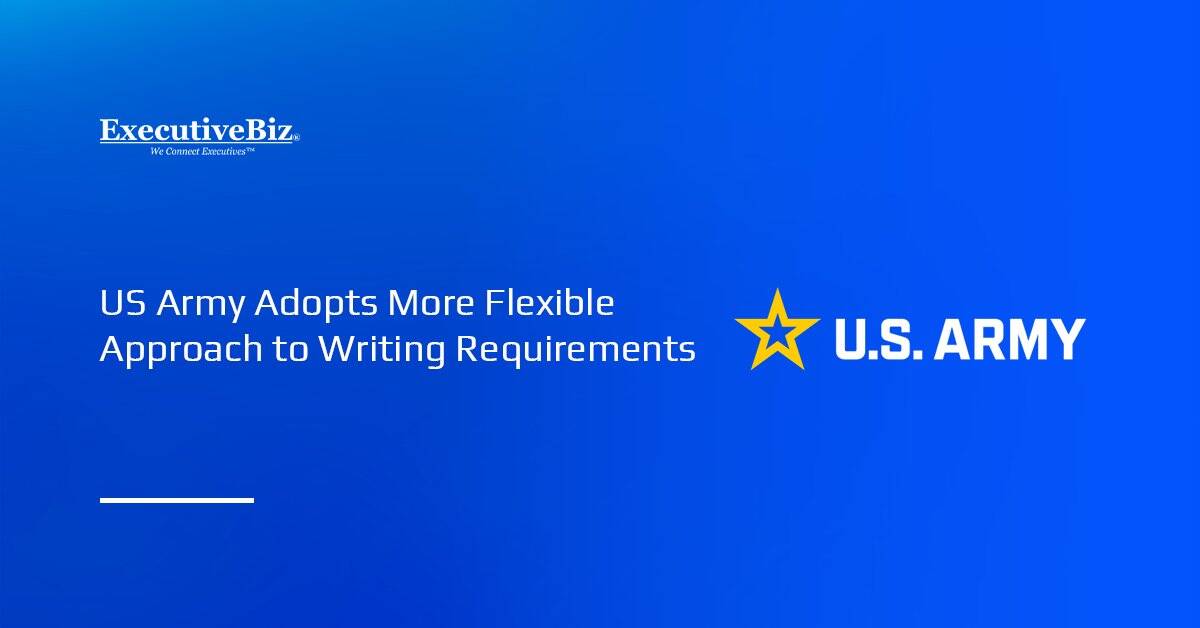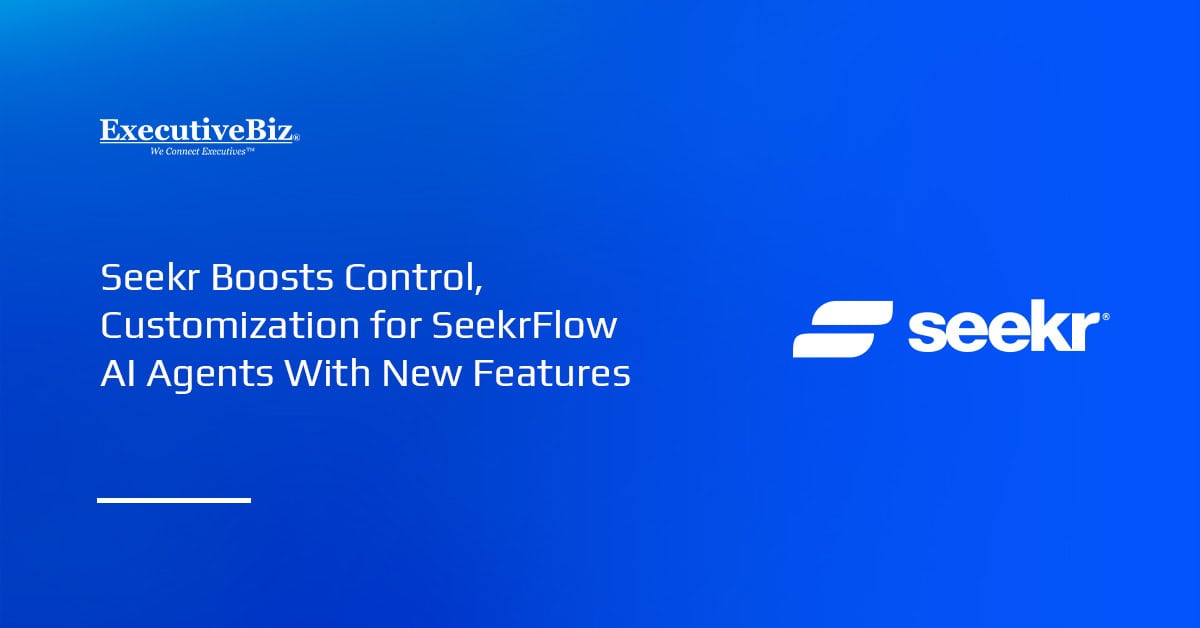The U.S. Army is moving away from rigid, prescriptive requirements toward a more flexible framework that encourages creativity and faster acquisition, National Defense Magazine reported. At the center of this shift is a new mechanism called the “characteristics of need statement,” designed to outline operational challenges and desired outcomes without prescribing specific products.
Opening the Door for Creativity
Army Futures Command said the statement will be the service’s main vehicle to open early dialogue with industry and make it easier for companies to propose innovative offerings without being constrained by traditional specifications.
The new approach is part of a wider effort to reform the requirements process, which has long been criticized as slow and overly specific. At a recent Association of the United States Army event, Heather Shirey, acting deputy assistant secretary of the Army for strategy and acquisition reform, said current threats demand speed and adaptability. “Any delay we have in building our capabilities is going to lead us to be at a disadvantage,” she noted.
Parry Labs CEO John Parkes, a 2025 Wash100 Award recipient, said the concept “drives a focus in government to really allow the right ideas to surface and to start that dialogue early, to not be constrained or boxed in.” He, however, noted that it requires the industry to invest significant resources. It takes “a much greater all-in sort of mentality,” Parkes said.
Procurement Concept Application
The Next Generation Command and Control effort, one of the Army’s top modernization priorities, is among the first to use a characteristics of need statement as its foundation. The document outlines how the Army plans to transform its command-and-control architecture into a more modular, data-centric network to support faster decision-making.
Updated regularly, the statement reflects lessons from experimentation events such as Project Convergence Capstone 5 and incorporates emerging capabilities like artificial intelligence. Col. Michael Kaloostian, who leads the Army Futures Command cross-functional team for command and control, said the framework is designed to remain flexible and evolve with technological progress.
Another statement published earlier this year focuses on autonomy for human-machine integrated formations, encouraging industry to propose ways to make operations safer for soldiers through autonomous systems instead of prescribing specific robotic designs.
Reform Tools and Next Steps
Alongside the characteristics of need framework, the Army is using other mechanisms such as directed requirements, which focus on urgent capability delivery, and continuous objectives requirements analysis, which helps identify outdated or redundant programs.
Both efforts align with the Army’s “transformation in contact” initiative, which uses soldier feedback from the field to inform acquisition priorities and ensure new technology reaches units faster and more directly.
“Whoever is able to sort through and make sense of data more rapidly is going to be the force that wins in the future,” Kaloostian said. “Creativity is what’s going to get us there.”





